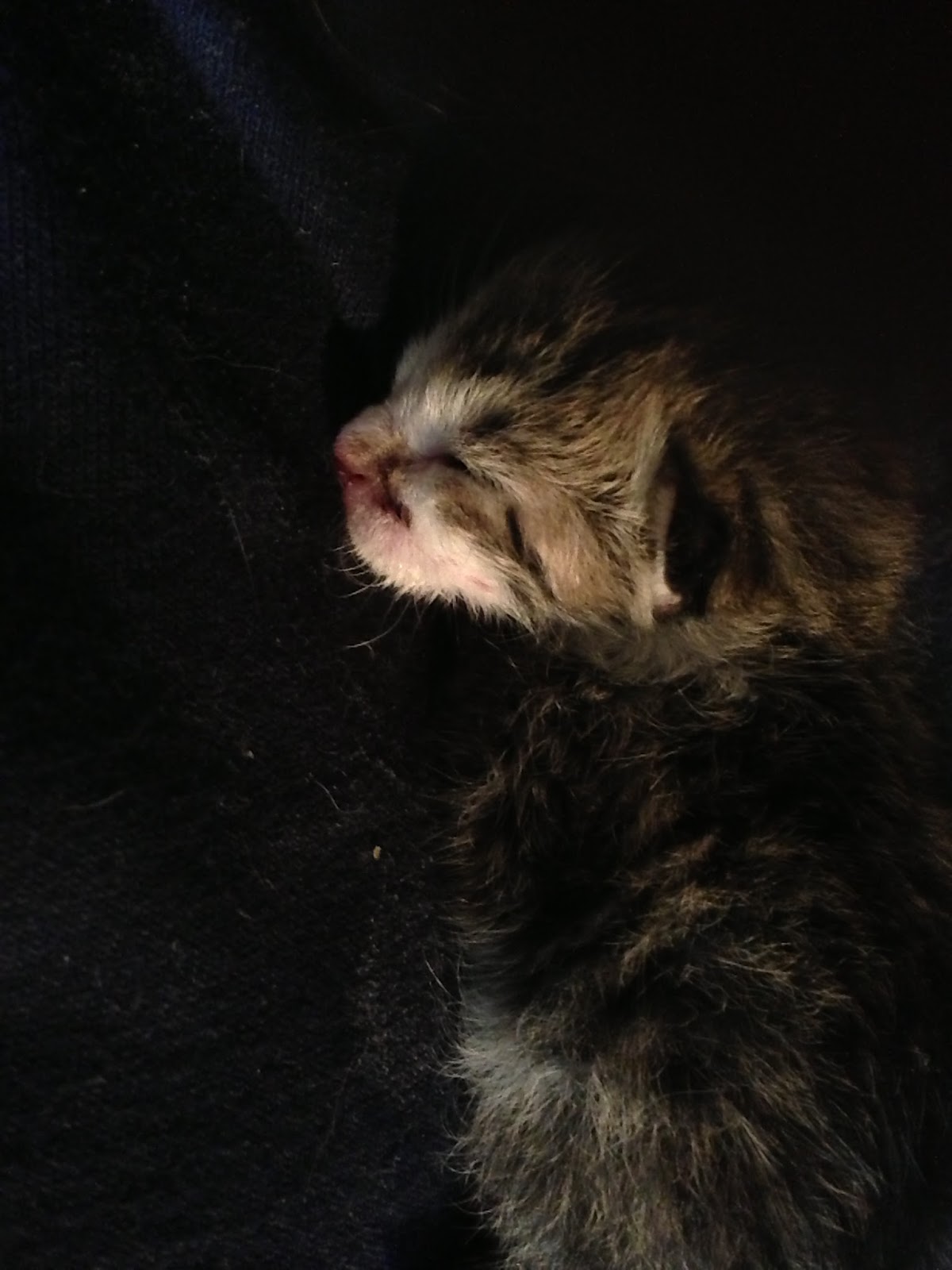It’s holiday time, folks. That means travel. Most of my
holiday travel involves driving, but for Thanksgiving I’m going to visit my
boyfriend’s family in Dallas, so we are flying. It’s around this time of year
that travel questions start popping up in the D community. I’m not a frequent
flier by any means, but I have been through quite a few airports in my day, and
I’d like to share my average experience.
I live in Atlanta, so that is the airport I see the most.
It’s supposed to be the busiest in the world, or at least close to it. There’s
just something about the hustle and bustle of Atlanta’s Hartsfield-Jackson that
gets my blood pumping. With so many people coming through every day, they have
their act together for the most part. If you’re going through the Atlanta
airport, feel free to use the Special Assistance line at the security check.
This line is for people with wheelchairs, strollers, and medical devices, and
you get to the pat-down a little faster..
Yes, I opt for the pat-down. Every time. Why? Because
Medtronic can’t be sure the body scanners are harmless, and the last thing I need is to be a thousand miles from home with a
malfunctioning pump. Also, since Medtronic’s official stance on the body
scanners is “don’t,” I don’t know how that would affect my warranty, if at all.
At any rate, I feel better playing it safe.
Back to the security line: take off your shoes, your belt,
your jewelry. Pull your laptop and electronic gadgets out of your bag. The bag
for your liquids? This is not where I put my insulin. Nope. I leave it in its
carton, marked with the prescription information, in my bag of medical things. All
my meds stay together: insulin, strips, pills, sets, reservoirs, needles, etc.
They stay together.
As I already said, I opt for the pat-down. I just tell the
nice person working at the machine I’d prefer a pat-down. Then I get to stand
around while they shout “female assist!” and my boyfriend (or other travel
mate) collects my things for me. The pat-down is fairly standard. Spread your
legs and hold your arms out, palms up. Someone of the same sex will be rubbing
their hands along your body. Then they will test their gloves for explosive
residue and tell you to touch your pump before they swab your hands, too. Most
of the time, it’s fine and I get to go. Sometimes, though… sometimes I set off
the explosive detector. The first time it happened it scared the crap out of
me, but now I just take it in stride.
What happens if they think you’re explosive? They will take
you to a “private screening room” to give you a more thorough pat-down. Someone
else will go collect your bag, and they will pull everything out and test it
for explosive residue. They really wipe down everything. The first time I was
deemed explosive, it was 5:30 AM in a tiny airport in State College,
Pennsylvania. I was so not in the mood to have my dirty laundry aired
(literally). But they do what they have to do, and thankfully they’ve never
determined me to be a threat.
My top advice for dealing with the TSA: be friendly. Have a
sense of humor. They see thousands of jerks every day. Don’t be another jerk. Smile. Thank them when they’re done. Maybe even throw in a “Have a
Happy Thanksgiving” for good measure.
I’ve been through LAX a few times, and they’re usually not
very amused, so my goal is to get them to lighten up while they’re feeling me
up and testing my laptop for bomb stuff. Last time I went through security at
LAX the lady at the scanning machine didn’t want to let me have a pat down, but
she called over the female assist agent, rolling her eyes. “This lady says she
needs a pat-down for some insulin pump thing,” to which the assist agent
replied, “well, she does. Even if she didn’t, it’s her right to opt out of the
body scan.” Then they glared at each other. It was a tense thirty seconds.
Most TSA agents are friendly if you’re friendly to them,
though. Don’t let anyone try to talk you out of getting a pat-down, if that’s
the route you go.
My only overseas experience is in Greece. I used to know how
to say “for diabetes” in Greek, but I can’t remember it anymore. I flew from
Atlanta to Athens, then Athens to Heraklion (Crete), and then back. I had one
slight incident in Heraklion where they wanted to find an English-speaking agent
to clarify the diabetes thing, but it was no big deal. The bigger deal was
finding someone to speak French with a lady who didn’t understand she needed
her ticket, but that’s a different story.






